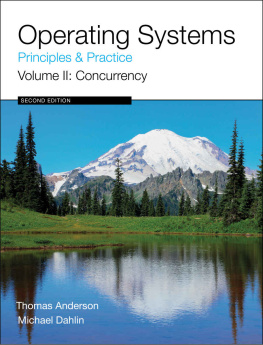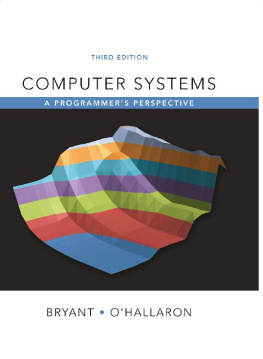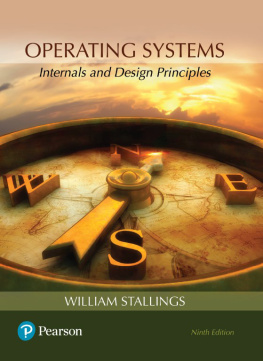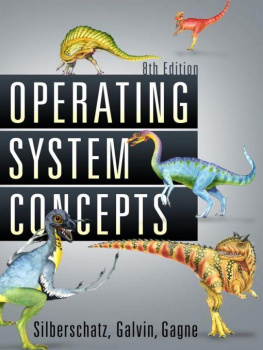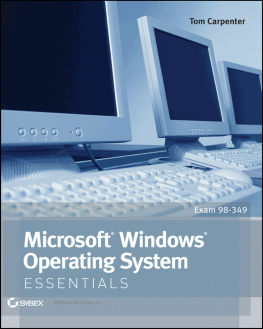Anderson T. - Operating Systems: Principles and Practice. Volume II: Concurrency
Here you can read online Anderson T. - Operating Systems: Principles and Practice. Volume II: Concurrency full text of the book (entire story) in english for free. Download pdf and epub, get meaning, cover and reviews about this ebook. genre: Computer. Description of the work, (preface) as well as reviews are available. Best literature library LitArk.com created for fans of good reading and offers a wide selection of genres:
Romance novel
Science fiction
Adventure
Detective
Science
History
Home and family
Prose
Art
Politics
Computer
Non-fiction
Religion
Business
Children
Humor
Choose a favorite category and find really read worthwhile books. Enjoy immersion in the world of imagination, feel the emotions of the characters or learn something new for yourself, make an fascinating discovery.
- Book:Operating Systems: Principles and Practice. Volume II: Concurrency
- Author:
- Genre:
- Rating:5 / 5
- Favourites:Add to favourites
- Your mark:
Operating Systems: Principles and Practice. Volume II: Concurrency: summary, description and annotation
We offer to read an annotation, description, summary or preface (depends on what the author of the book "Operating Systems: Principles and Practice. Volume II: Concurrency" wrote himself). If you haven't found the necessary information about the book — write in the comments, we will try to find it.
Over the past two decades, there has been a huge amount of innovation in both the principles and practice of operating systems Over the same period, the core ideas in a modern operating system protection, concurrency, virtualization, resource allocation, and reliable storage have become widely applied throughout computer science. Whether you get a job at Facebook, Google, Microsoft, or any other leading-edge technology company, it is impossible to build resilient, secure, and flexible computer systems without the ability to apply operating systems concepts in a variety of settings.This book examines the both the principles and practice of modern operating systems, taking important, high-level concepts all the way down to the level of working code. Because operating systems concepts are among the most difficult in computer science, this top to bottom approach is the only way to really understand and master this important material.Operating Systems: Principles and Practice is a textbook for a first course in undergraduate operating systems. In use at dozens of top tier universities, and written by two leading operating systems researchers with decades of experience successfully teaching complex topics to thousands of students, this textbook provides:
A path for students to understand high level concepts all the way down to working code;
Extensive worked examples integrated throughout the text provide students concrete guidance for completing homework assignments;
A focus on up-to-date industry technologies and practice.The e-book version of Operating Systems: Principles and Practice is broken into 4 volumes:
Volume 1: Kernels and Processes
Volume 2: Concurrency
Volume 3: Memory Management
Volume 4: Persistent StorageThis is Volume 2: Concurrency
In this volume, we provide a concrete methodology for writing correct concurrent programs that is in widespread use in industry, and we explain the mechanisms for context switching and synchronization from fundamental concepts down to assembly code. iPAD Amazon Kindle, PC , Cool Reader (EPUB), Calibre (EPUB, MOBI, AZW3), Adobe Digital Editions (EPUB), FBReader (EPUB, MOBI, AZW3).
Anderson T.: author's other books
Who wrote Operating Systems: Principles and Practice. Volume II: Concurrency? Find out the surname, the name of the author of the book and a list of all author's works by series.

